It could be argued that no single organization in the DC Universe has closer ties to Batman than the League of Assassins. This ultra-secretive vigilante group possesses a fundamentalist ideology that makes itself out to be the saviors of humanity. Though claiming to be benevolent at heart, the League is notoriously villainous.
Nevertheless, Batman continues to have a grudging respect for the League despite the way it conducts its business. It has been around for centuries and shows no signs of slowing down. Longtime Batman comic fans are well-versed in the League's history, but casual fans may not realize just how deep the story goes.
10 Creators & First Appearance
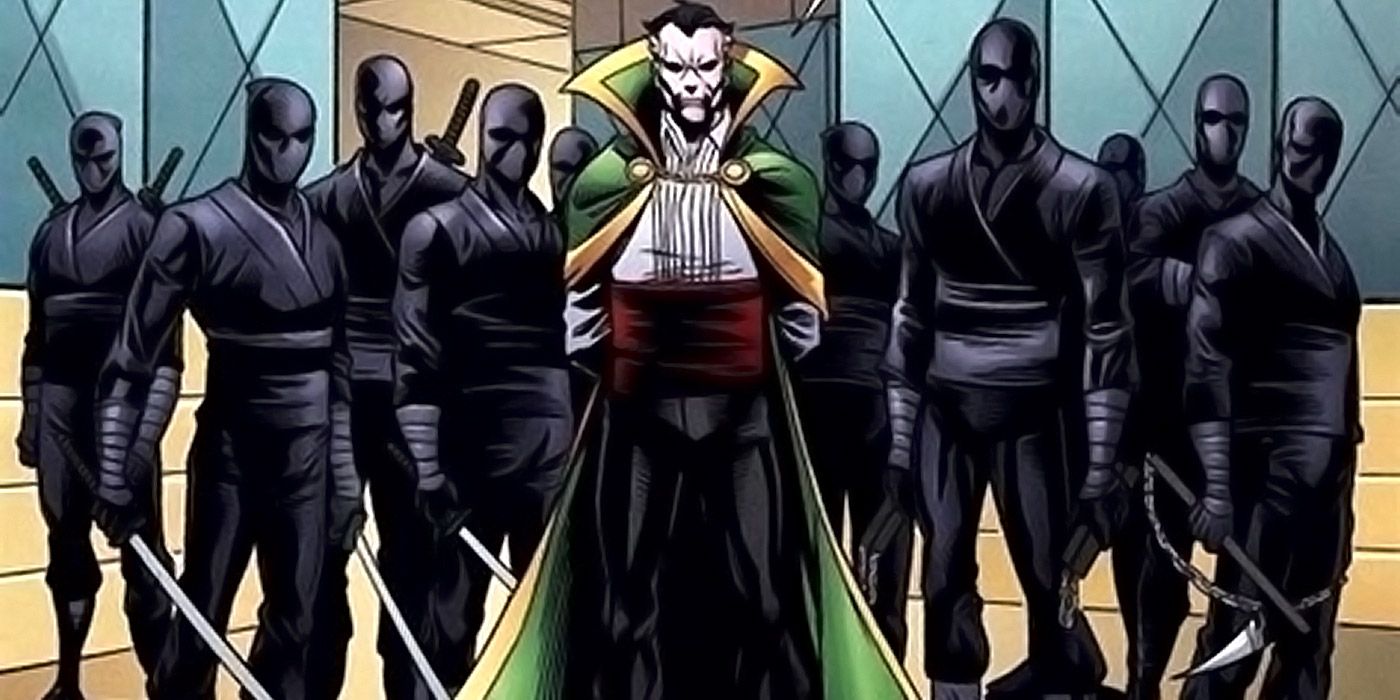
The two individuals responsible for bringing the League of Assassins into DC Comics continuity in 1968 are Denny O'Neill and Neal Adams. O'Neill served as Group Editor for the Batman comics line, while Adams has worked as an artist for such properties as X-Men, Green Lantern/Green Arrow, and of course, Batman.
The League was first featured, with Ra's al Ghul making an introduction, in "Daughter of the Demon," a story in 1971's Batman #232. Most fans aren't aware of this fascinating connection, but it's an important brick in the foundation of everything related to Batman's character as well as many other notable characters in the DC Universe.
9 The Damien Darkh Connection
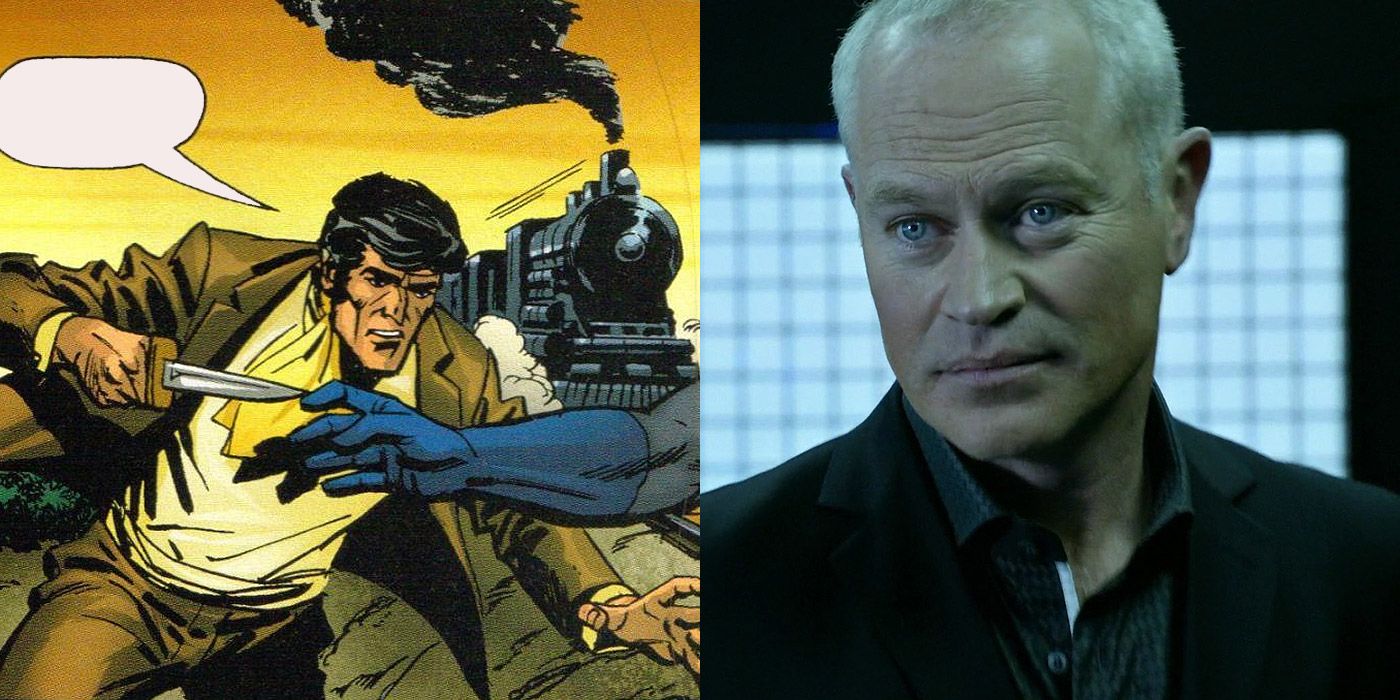
Fans of the CW's Arrowverse are familiar with Damien Darkh. He squared off against the Green Arrow and his team with magical powers that made him a formidable foe. In addition to those abilities, he was also a former League assassin, making him one of the best fighters in the Arrowverse villain lineup.
In the comics, Damien Darkh operates the terror group H.I.V.E., while the character Ebenezer Darrk was the first known leader of the League of Assassins. Comic fans have noted the comparisons between the TV show's character and his feud with Ra's al Ghul, which suggests both Damien and Ebenezer were combined into a singular individual when adapted for the Arrowverse.
8 Failure Was Not An Option In The League
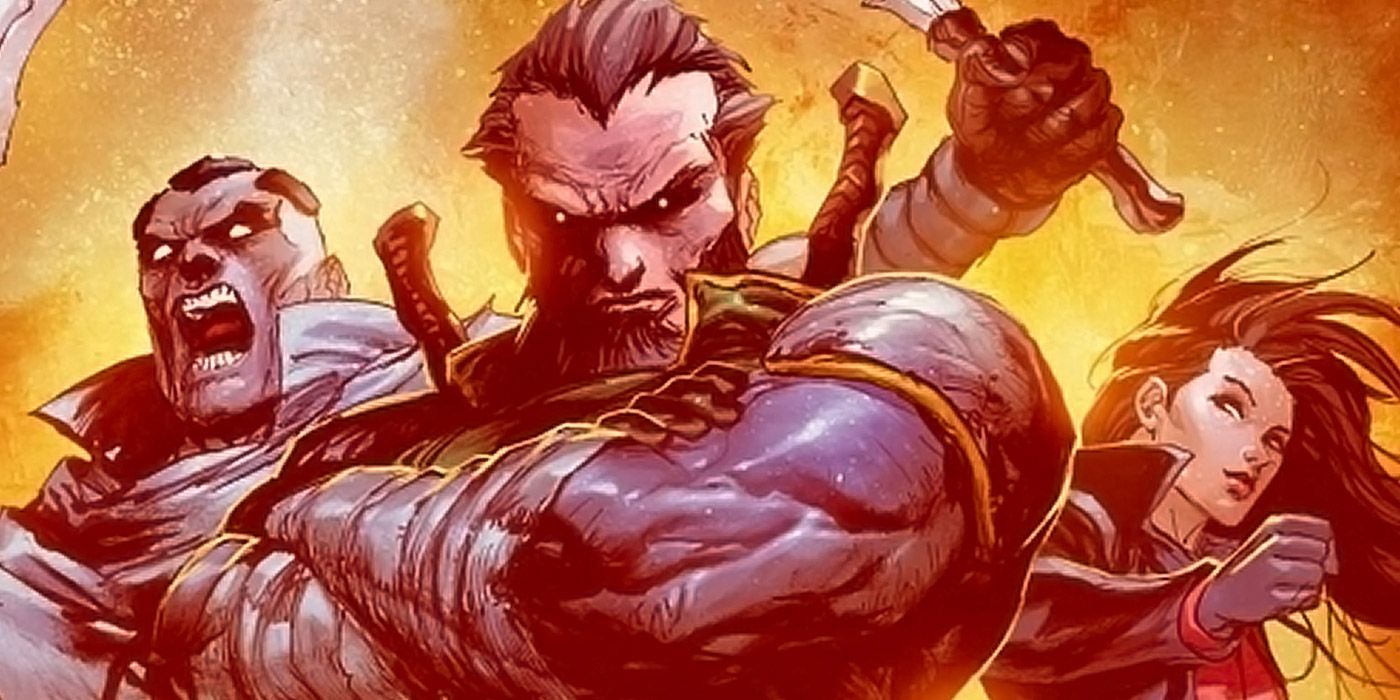
Ra's al Ghul led the League of Assassins for centuries, operating on a steady diet of strict discipline and an unwavering dedication to form. Either his assassins lived up to the order's name, or they would face the consequences. That meant any member who failed an assassination would in turn be killed as punishment.
Not only did this serve as motivation for the rest of the members, but it also weeded out those who did not measure up. Merlyn learned this the hard way when he was dispatched to take out Batman, only to lose the fight. As a result, he spent years on the run. Later, the League decided to slightly tone down this policy.
7 Leadership Problems Within The League
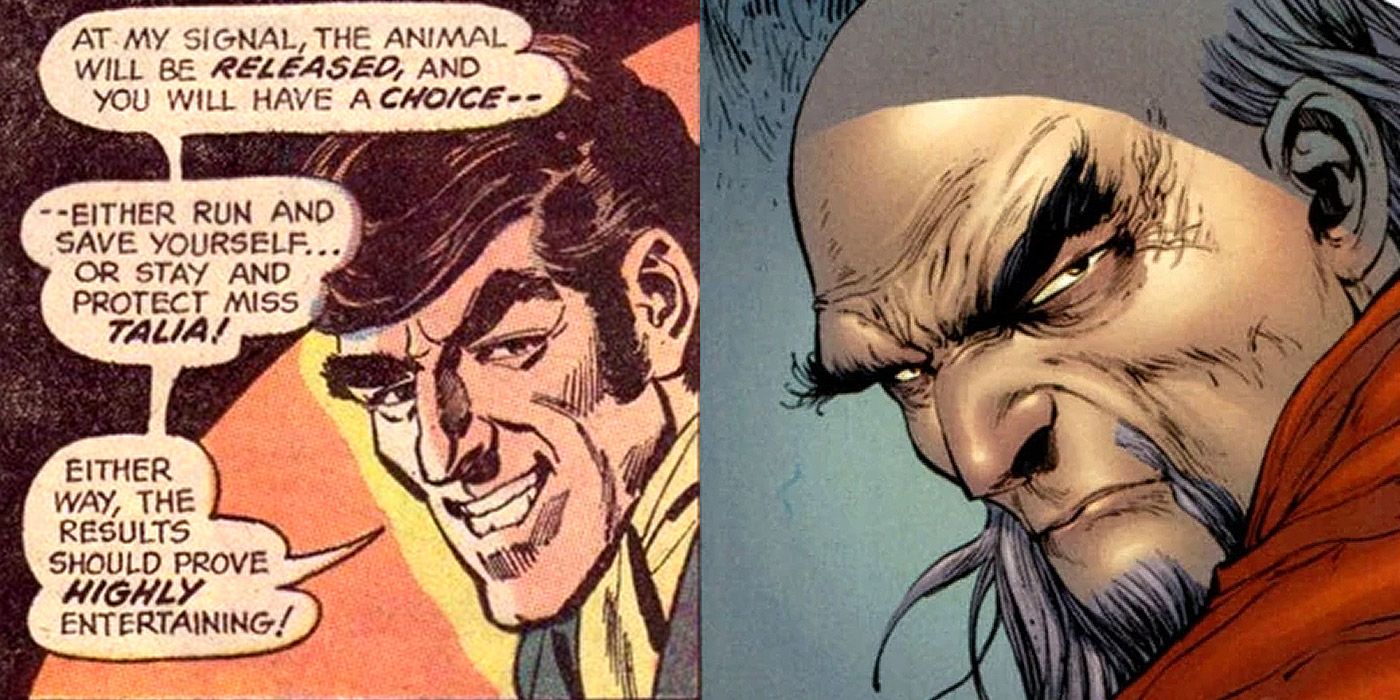
Although Ra's al Ghul was technically the head of the League, he employed several members to lead the movement, furthering the group's mandate to be the "fang that protects the head." Ebenezer Darrk was the first to have assumed this position, but problems began almost from the start of his tenure.
Eventually, a rift formed between Darrk and Ra's, leading the former to kidnap Ra's daughter Talia. It wouldn't be the last time Ra's suffered a leadership setback. His second choice to lead the League was Sensei, a martial arts expert who openly rebelled against him while seeking to perfect his assassination craft.
6 Their Connection With Lady Shiva
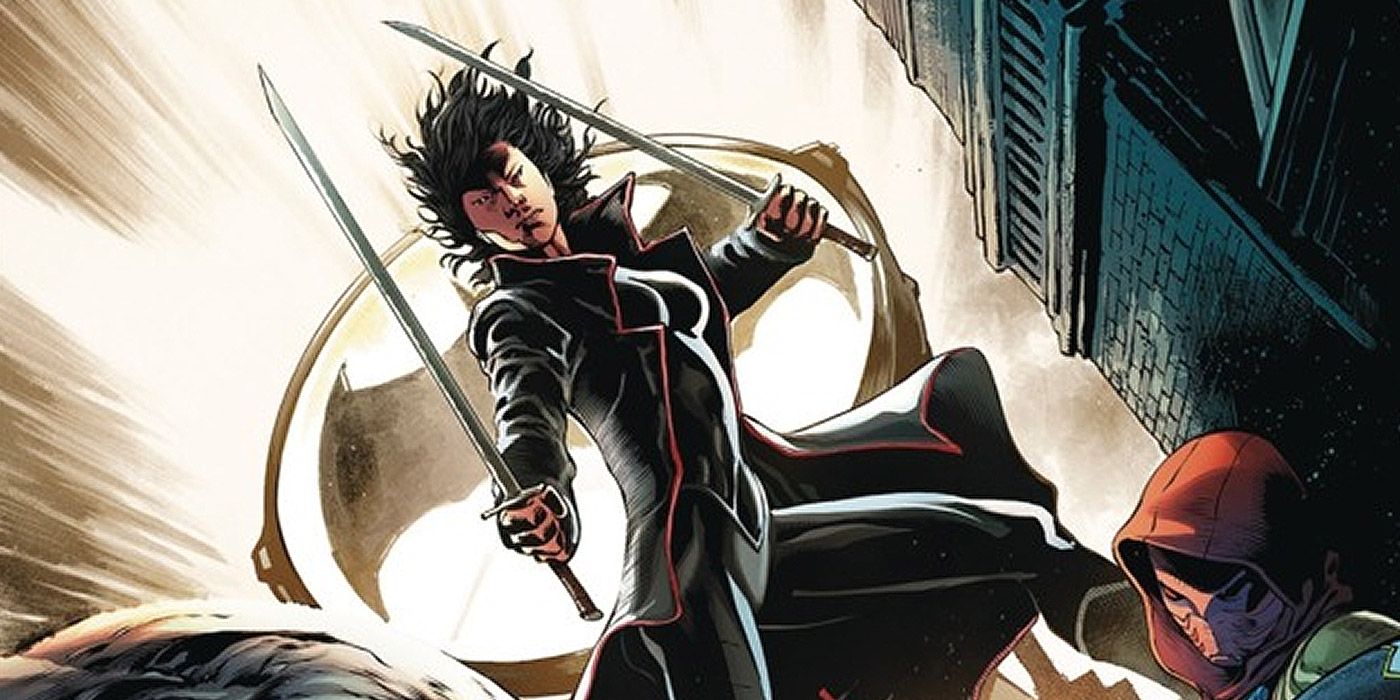
Lady Shiva is one of the greatest female villains in the DC Universe, with expertise in almost a dozen different fighting styles. She earned her intimidating reputation largely via League manipulation when it sent David Cain, a man who once trained Bruce Wayne, to kill her sister Carolyn.
Vowing revenge, Shiva engaged Cain and the League in combat, yet lost. However, the League offered her a chance to further heighten her skills in exchange for carrying Cain's child in the hopes that it would become the ultimate bodyguard. Lady Shiva eventually rivaled the League in terms of skill, while her newborn daughter would grow up to become Cassandra Cain, one of the many heroines to assume the Batgirl mantle.
5 Bane's Involvement With The League
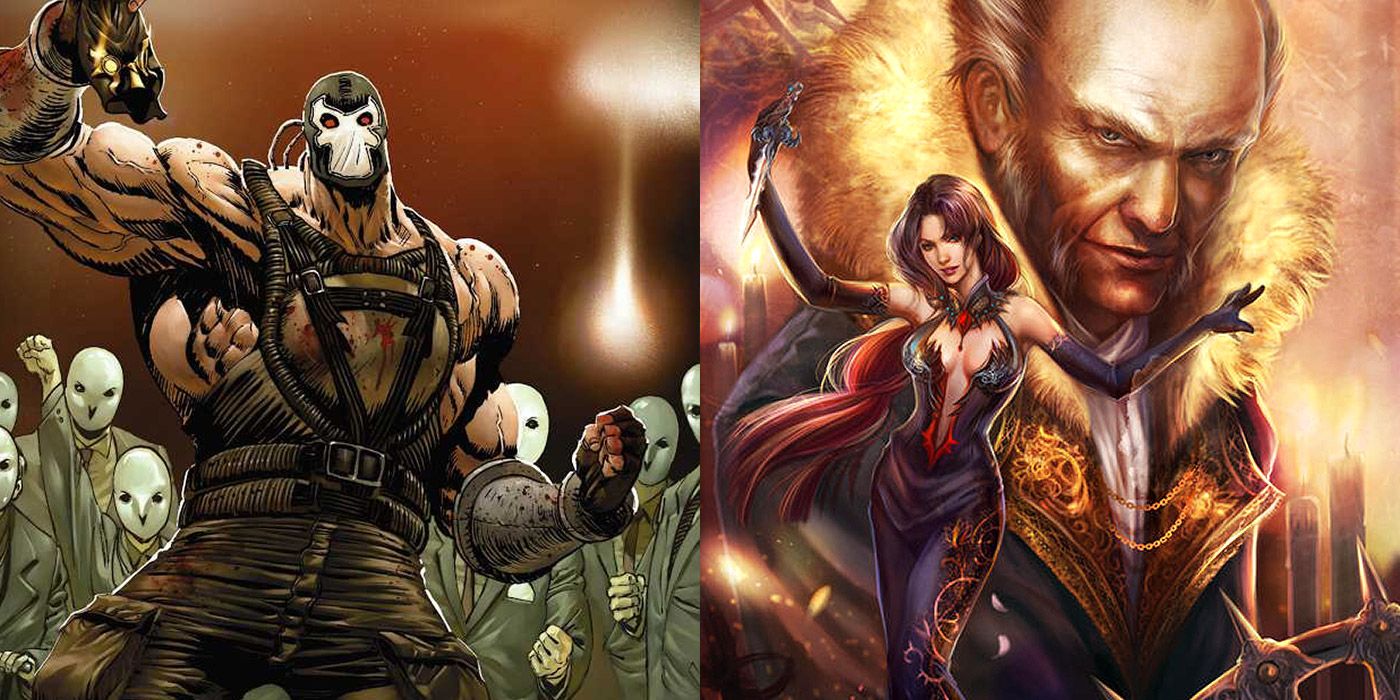
Bane is one of the best Batman villains in all of DC Comics, most famous for being the villain who broke the Bat's back and nearly ended his crime-fighting career. For a time, however, he was a top contender to lead the League of Assassins and was selected by Ra's al Ghul himself. In the end, Bane was defeated by Batman, which put an end to any plans for his ascension.
This story arc was loosely adapted into Christopher Nolan's The Dark Knight Rises, where the film version of Bane had much deeper ties to the League, and Ra's al Ghul himself. Like in the comic books, Bane was defeated as Batman prevented the villain and Talia al Ghul from destroying Gotham City with a nuclear bomb.
4 The League Has Different Names
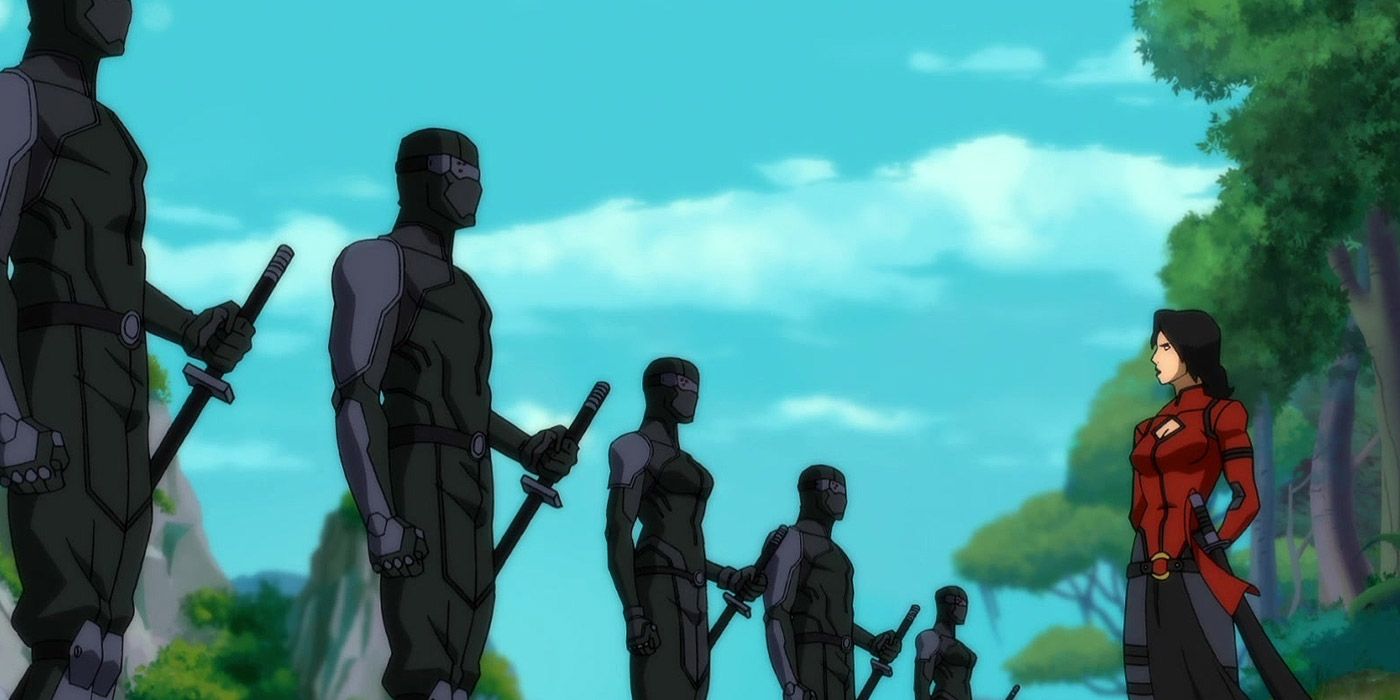
Some fans might find it puzzling as to why the name of the organization tends to change throughout various time periods and media. For instance, Christopher Nolan's Dark Knight trilogy refers to the organization as the League of Shadows, rather than Assassins, but is actually a nod to the original comics.
The comics have used both names in the past, most notably in the post-DC Rebirth phase. There, the two Leagues were separate entities, with the League of Shadows acting as the more mysterious and clandestine of the two, while Ra's al Ghul heads up the more traditionally known variant.
3 The League & The Batman
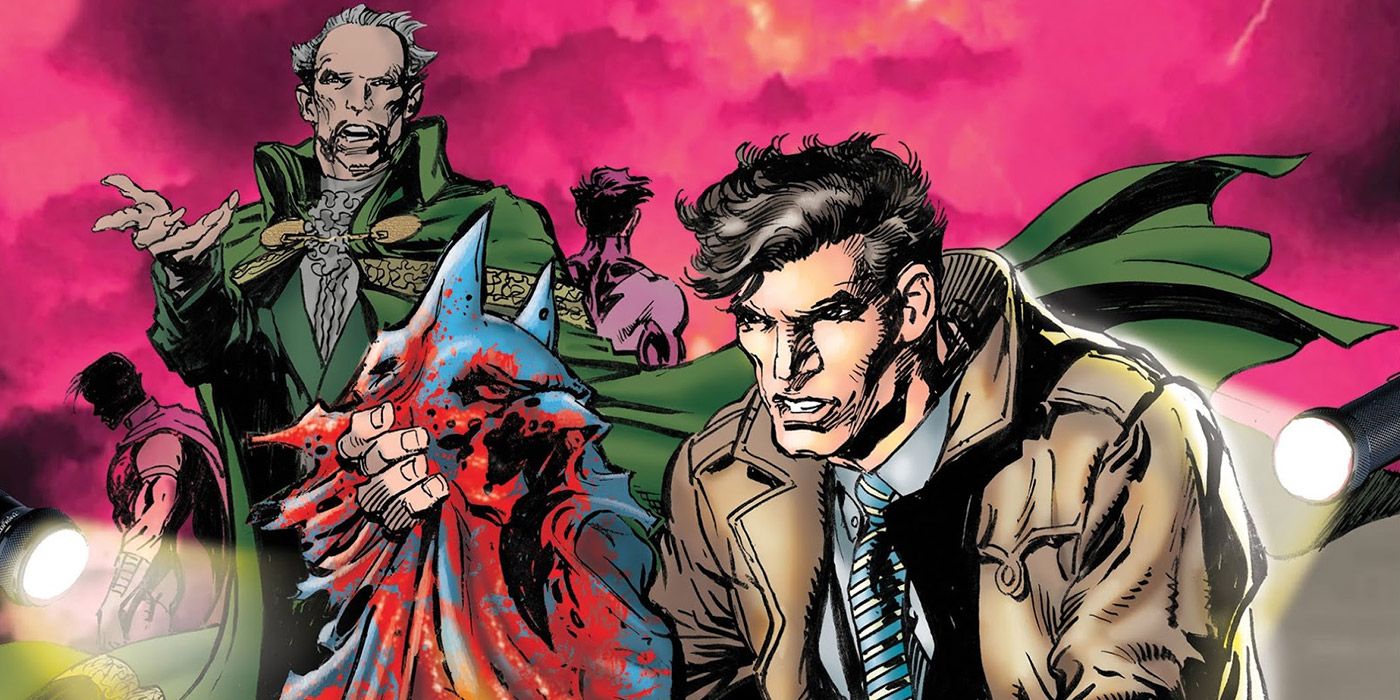
Given how deeply intertwined Bruce Wayne is with the League, it makes sense that they'd have figured out his real identity at some point. This was thanks largely to Ra's al Ghul, who once tapped Bruce to lead the League. This was a plot thread carried over into 2005's Batman Begins, but it's fleshed out further in the comics.
The League protects Batman's secret with surprising dedication, and Ra's al Ghul divulges it. In fact, Ra's had once plotted an assassination attempt on a reporter who was digging too deeply into Batman's history in an attempt to undercover his identity. It's one example of several uncharacteristically wholesome moments for Ra's al Ghul that showcase his potential for decency and honor.
2 Their Members Are Mostly Human
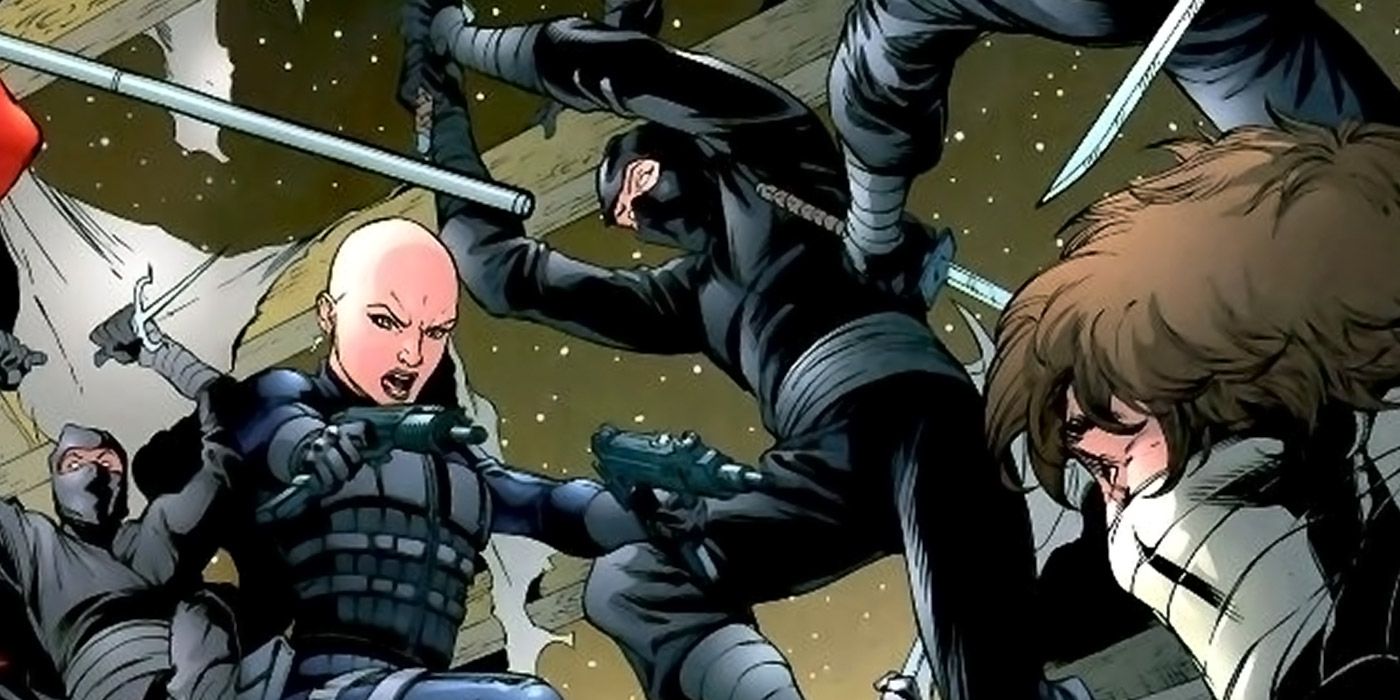
The League values skill and dedication above all else, and that might be why there were so few metahumans among its rank and file until later. These assassins have been trained in the deadly arts of hand-to-hand combat, but at certain points throughout its history, some relied less on physical strength and more on cunning and guile.
When metahumans were welcomed into the fold, it changed the dynamic of the League in a big way. For a brief time, a six-member team operated under the League's banner under the direction of Shado, who wanted to use their powers to kidnap the Green Arrow's son Connor.
1 The League's Connection To The Lazarus Pits

Ra's al Ghul has utilized the arcane powers of the various Lazarus Pits around the world not only to prolong his own lifespan but affect his plans. The Pits come with a tradeoff in the form of deteriorating mental stability, especially for those who have died and are resurrected.
The League has used the Pits for several schemes, including reviving Jason Todd and turning him into the Red Hood, a brutal vigilante. This storyline was loosely adapted into the animated film Batman: Under The Red Hood. Ra's also stole the corpses of Thomas and Martha Wayne in order to tempt Bruce with the prospect of their resurrection, which he refused outright.
from ScreenRant - Feed https://ift.tt/3s58t7V


0 Comments